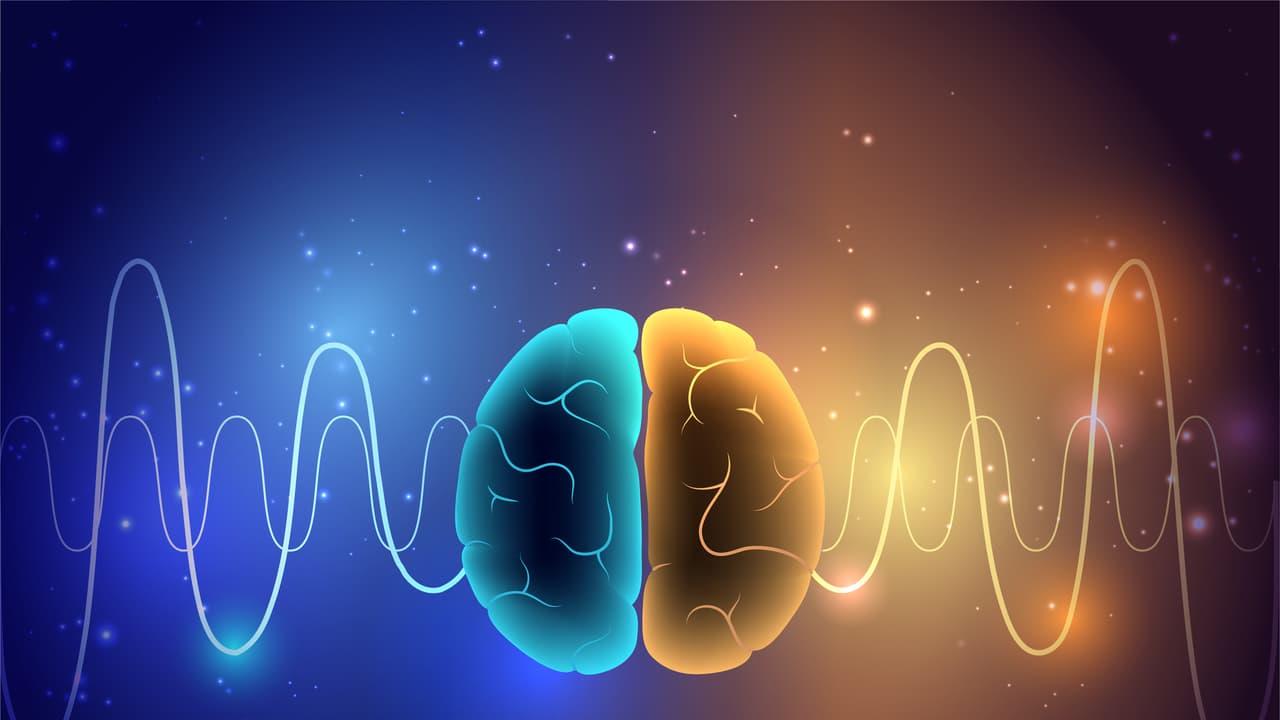Study Shows How The Brain Shifts Between Memory And New Learning
Scientists have uncovered how the brain cleverly switches gears depending on whether it's recalling a familiar memory or processing something completely new. This ability comes down to a delicate balance between different types of inhibitory circuits that fine-tune how brain rhythms interact. The findings not only reshape what we know about memory and attention but could also shed light on conditions such as epilepsy, Alzheimer's disease, and other cognitive disorders.
The Brain's Flexible Communication Network
When we remember past experiences or step into a new situation, the brain doesn't always rely on the same communication routes. A new international study, led by researchers Claudio Mirasso (Institute for Cross-Disciplinary Physics and Complex Systems, IFISC) and Santiago Canals (Institute for Neurosciences, UMH-CSIC), shows how the brain shifts between pathways depending on context.
Their work, published in PLoS Computational Biology, demonstrates that this flexibility comes from the way inhibitory mechanisms regulate the coordination between slow rhythms (theta waves) and fast rhythms (gamma waves). In familiar settings, the brain emphasizes direct communication between the entorhinal cortex and hippocampus, reinforcing existing memories. But when encountering novelty, the brain reconfigures, blending past experiences with new sensory input to update memory.
A Bidirectional Rhythm
Traditionally, neuroscientists believed that slow rhythms controlled the strength of faster ones. This study, however, reveals a two-way street: fast and slow rhythms influence each other.
Dimitrios Chalkiadakis, first author of the study, explains:“By fine-tuning the balance of inhibition, brain circuits decide which inputs to prioritize-either established memories or fresh sensory information.”
Using computational models alongside recordings from the hippocampus of rats, the team identified two modes of operation:
- Feedforward inhibition → promotes gamma-to-theta communication, prioritizing memory reactivation. Feedback inhibition → promotes theta-to-gamma communication, emphasizing the integration of new sensory data.
Importantly, the brain doesn't switch abruptly between these modes. The transition is gradual and depends on the strength of synaptic connections. This makes the system highly adaptable to changing cognitive demands.
Beyond Memory: A Broader Principle
The researchers believe this mechanism extends well beyond memory and navigation. Early evidence from human studies shows similar patterns, suggesting a universal principle: the balance between inhibitory circuits helps direct information flow across the brain's vast network.
“This work helps bridge conflicting views about brain rhythms,” says Mirasso.“Rather than being purely local or inherited from earlier processing stages, rhythms emerge from the dynamic interaction between inputs and local inhibitory circuits.”
Future Outlook
Understanding how this balance is disrupted could open doors to new therapies. The team plans to expand their model to include more neuron types and brain architectures, aiming to uncover how rhythm coordination breaks down in disorders such as epilepsy, addiction, or Alzheimer's disease.
As Canals concludes,“Studying these dynamics at a mechanistic level could one day inspire targeted treatments that restore healthy communication patterns in the brain.”
Legal Disclaimer:
MENAFN provides the
information “as is” without warranty of any kind. We do not accept
any responsibility or liability for the accuracy, content, images,
videos, licenses, completeness, legality, or reliability of the information
contained in this article. If you have any complaints or copyright
issues related to this article, kindly contact the provider above.
Most popular stories
Market Research

- Pluscapital Advisor Empowers Traders To Master Global Markets Around The Clock
- Invromining Expands AI Quant Infrastructure To Broaden Access To Digital Asset Strategies
- Cartesian Launches First Outsourced Middle-Back-Office Offering For Digital Asset Funds
- Permissionless Data Hub Baselight Taps Walrus To Activate Data Value Onchain
- PLPC-DBTM: Non-Cellular Oncology Immunotherapy With STIPNAM Traceability, Entering A Global Acquisition Window.
- Primexbt Launches Empowering Traders To Succeed Campaign, Leading A New Era Of Trading






















Comments
No comment